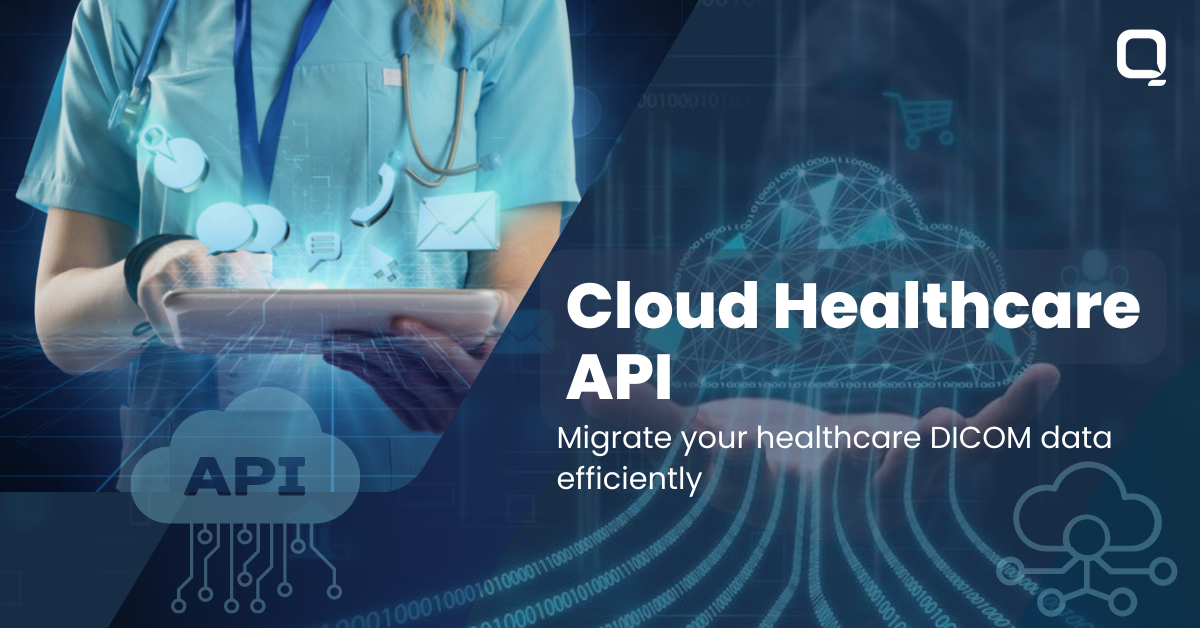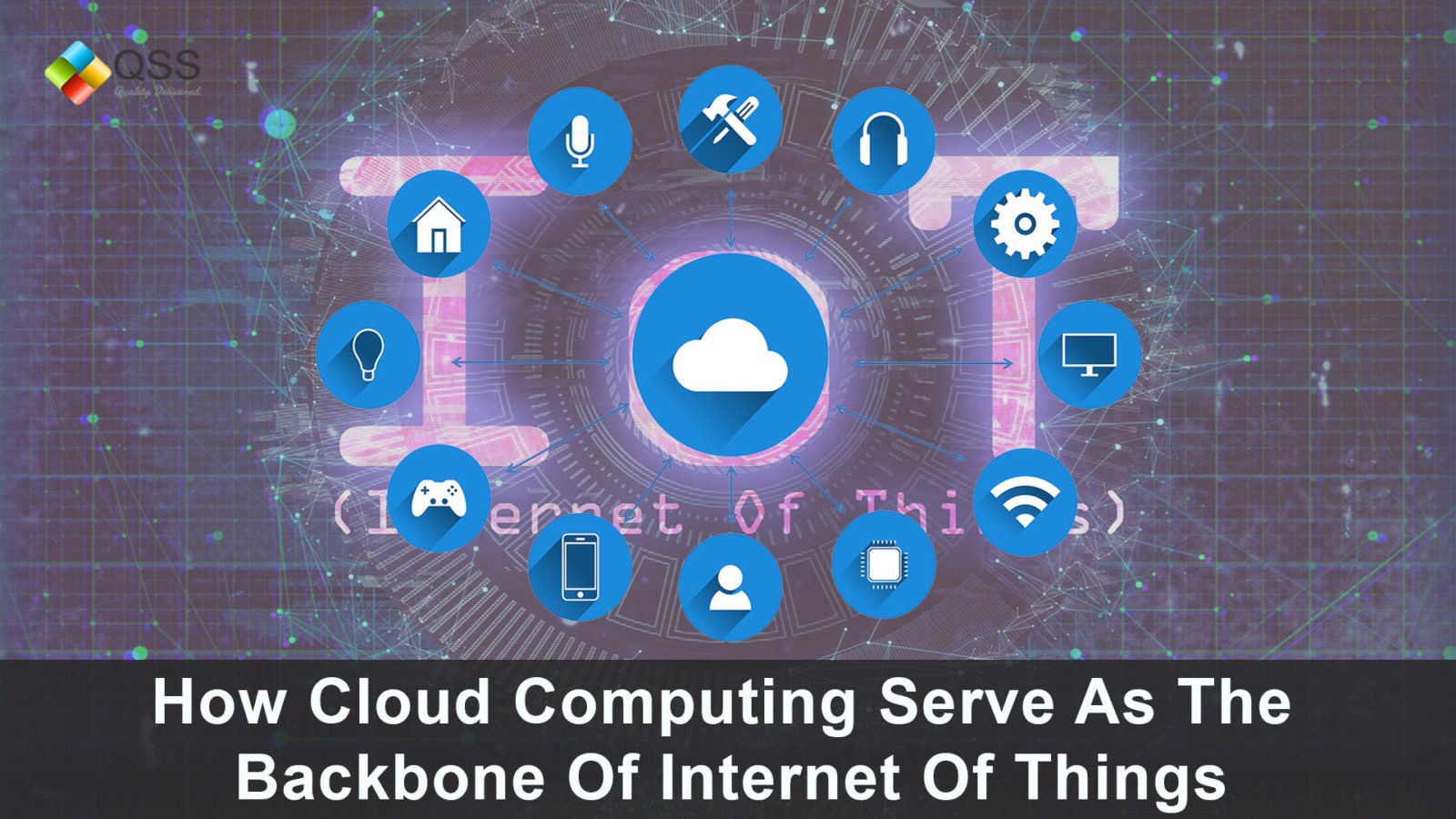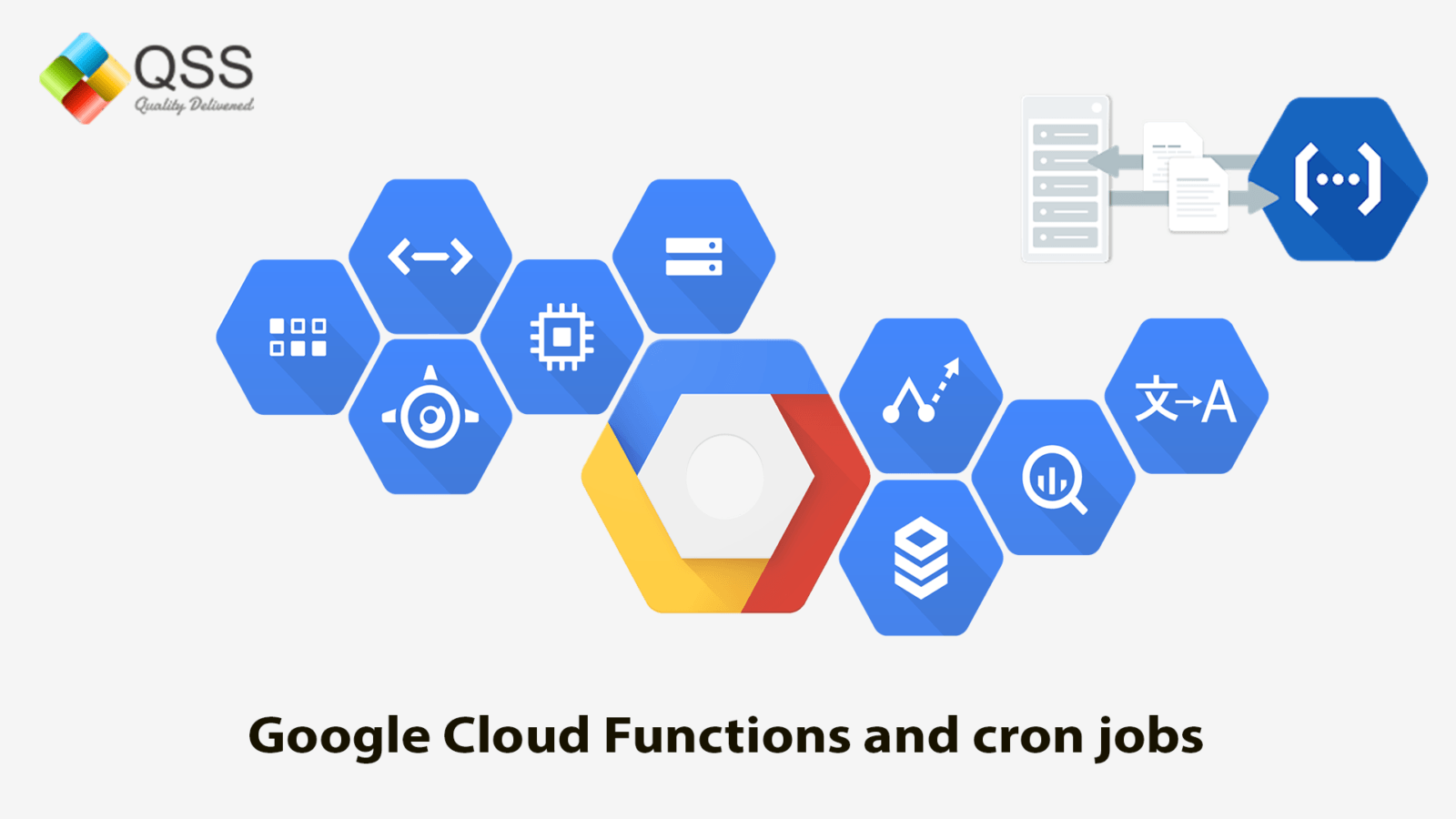In today’s digitized landscape of technological innovation, the deployment and delivery of cloud service models and architecture have become the most influential factor in defining a fruitful digital infrastructure. But what specifically are these emerging cloud technologies, and how are they revolutionizing the way businesses approach operations?
Cloud computing offers unprecedented scalability, flexibility, and cost–effectiveness that could not exist within Once thought to be an out of reach luxury, have since become a reality. Across all realms of industry, cloud computing has revolutionized operations, bringing added convenience and agility.
To further explore this exciting realm is its potential, this article aims to provide an insightful overview of the current trends in deploying and delivering cloud service models and architecture–offering deep dives into their fundamental concepts, consequential impacts on businesses, and potential for the future.
Understanding Cloud Service Models
Infrastructure as a Service (IaaS):
IaaS provides virtualized computing resources over the internet. Users can rent virtual machines, storage, and networking components, allowing them to run applications and manage workloads without investing in physical hardware. Key players in the IaaS space include Amazon Web Services (AWS), Microsoft Azure, and Google Cloud Platform (GCP).
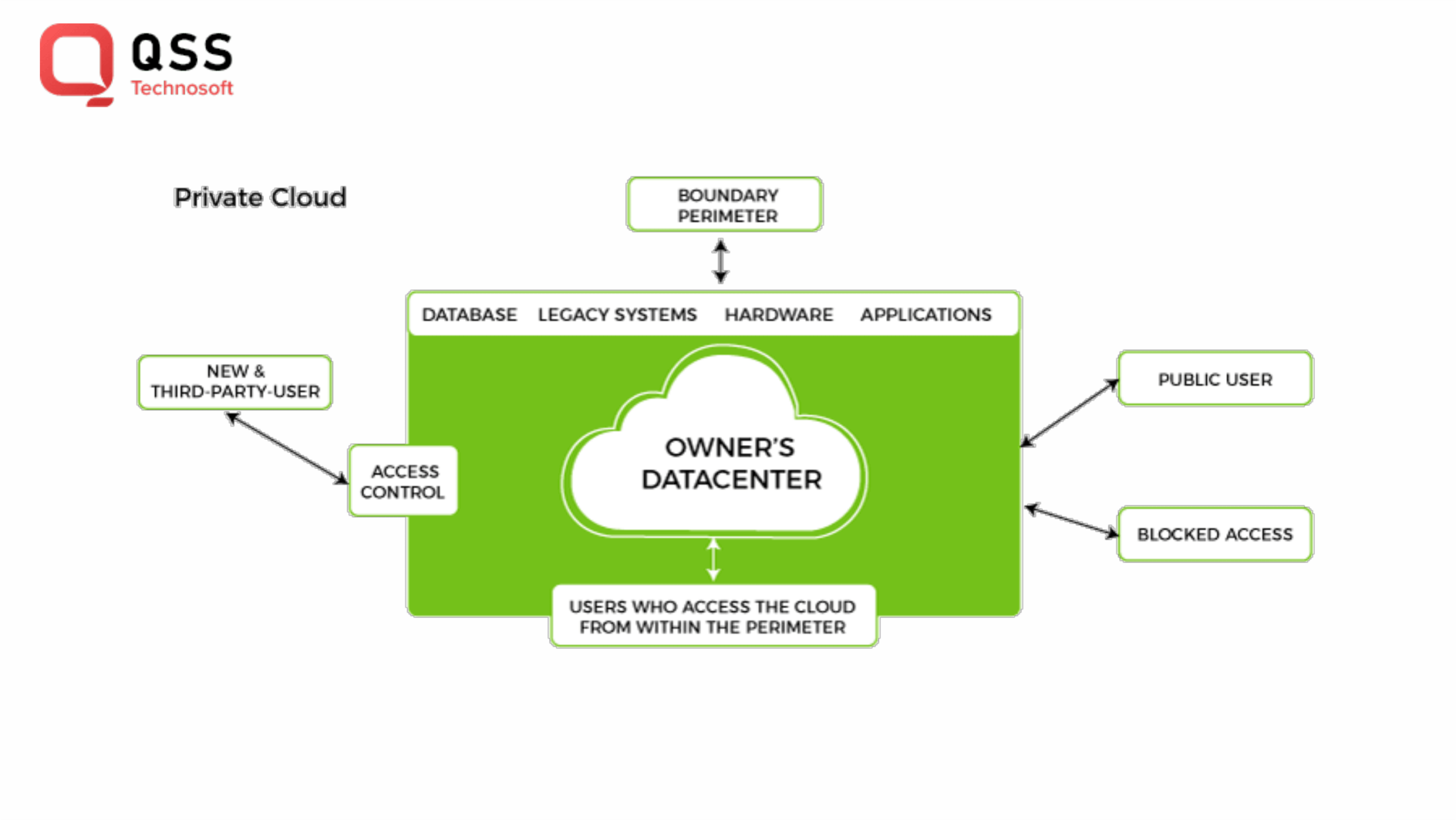
Platform as a Service (PaaS):
Platform as a Service, better known as PaaS, offers developers an integrated solution that includes all the components necessary for creating applications from beginning to end. From supplying the infrastructure and hardware requirements to otherwise difficult development tools such as compilers and code accounting, it all can be taken care of with a PaaS. For providers eager for a full package of services, there are numerous widely known names within the industry, like Heroku, Microsoft Azure App Service, and Google App Engine.
Software as a Service (SaaS):
SaaS delivers software applications over the internet, eliminating the need for users to install, maintain, and update the software locally. Common examples include Salesforce, Microsoft 365, and Dropbox. SaaS is renowned for its accessibility and ease of use.
Also Read Our Page :Hire Blockchain Developers
Deployment Models in Cloud Computing
Cloud services can be deployed using various models, each catering to specific business needs and preferences:
Public Cloud:
Public cloud services are offered by third-party providers on a pay-as-you-go basis. These services are available to the public and are accessible over the internet. Public clouds are known for their scalability and cost-effectiveness, making them suitable for startups and small to medium-sized enterprises.
Private Cloud:
Private clouds are dedicated to a single organization and can be hosted on-premises or by a third-party provider. They provide greater control, security, and customization options, making them ideal for industries with strict regulatory compliance requirements, such as finance and healthcare.
Hybrid Cloud:
Hybrid cloud combines elements of both public and private clouds. It allows data and applications to be shared between them, providing greater flexibility and more deployment options. This model is advantageous for businesses with fluctuating workloads and diverse IT requirements.
Deployment Strategies and Best Practices
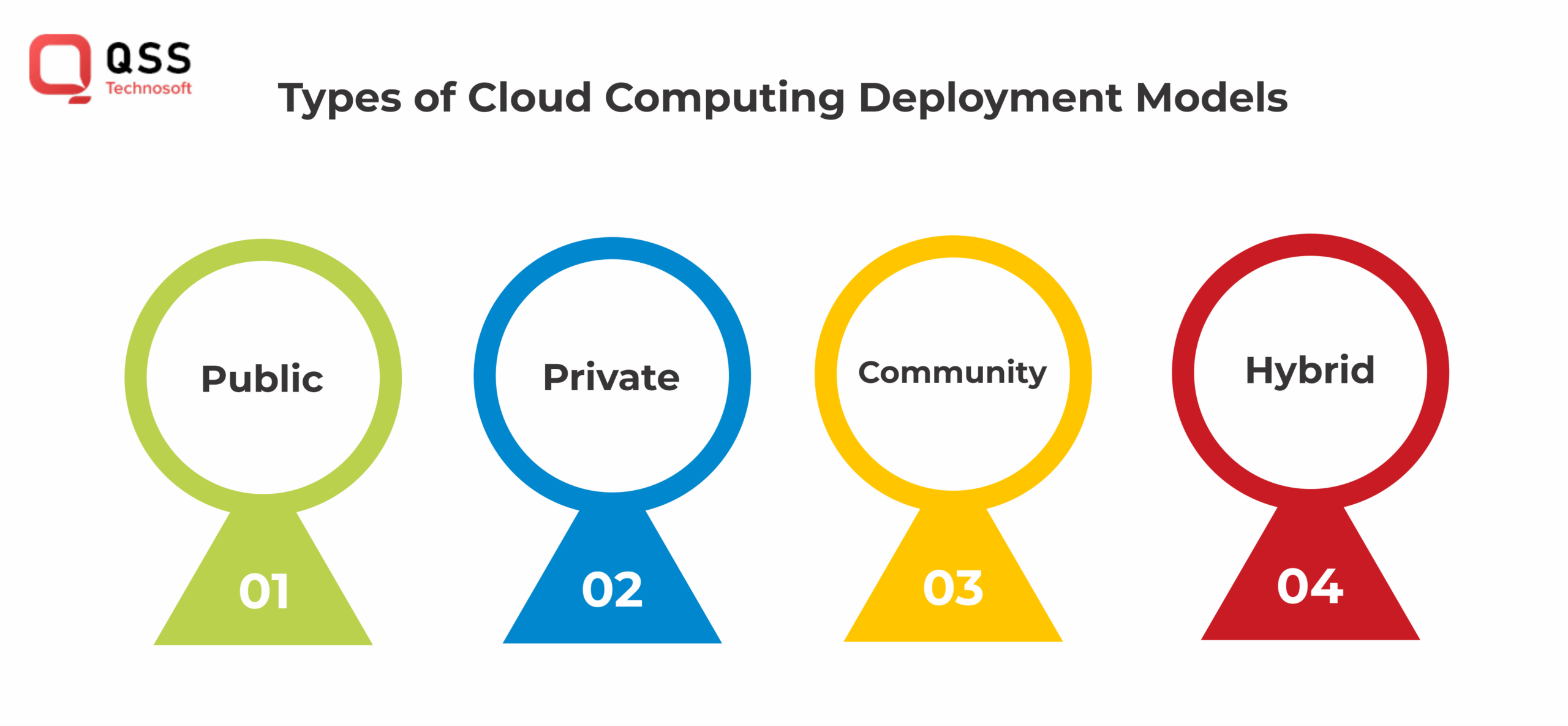
Deploying cloud services involves careful planning and execution to ensure optimal performance, security, and efficiency. Here are some deployment strategies and best practices:
Continuous Integration/Continuous Deployment (CI/CD):
CI/CD is a development practice that enables frequent and automated testing and deployment of code changes. This strategy enhances agility, reduces time to market, and ensures a more reliable software release process.
Microservices Architecture:
Microservices break down applications into small, independent services that can be developed, deployed, and scaled independently. This approach enhances flexibility, scalability, and fault isolation, enabling organizations to adapt quickly to changing business requirements.
Infrastructure as Code (IaC):
IaC involves managing and provisioning infrastructure through machine-readable script files rather than physical hardware configuration or interactive configuration tools. This approach promotes consistency, repeatability, and automation in infrastructure management.
Containerization:
Containerization, using platforms like Docker, allows applications and their dependencies to be packaged together. Containers ensure consistency across different environments, making it easier to deploy and scale applications.
Also Read Our Page : Angularjs Development Company
Security Considerations in Cloud Deployment
Security is a paramount concern in cloud computing. As organizations migrate sensitive data and critical workloads to the cloud, implementing robust security measures is imperative. Key security considerations include:
Identity and Access Management (IAM):
IAM ensures that only authorized individuals have access to resources and data. Implementing strong authentication mechanisms, role-based access controls, and regular access reviews are essential components of an effective IAM strategy.
Data Encryption:
Encrypting data at rest and in transit protects sensitive information from unauthorized access. Cloud service providers offer encryption services, and organizations should leverage these tools to enhance data security.
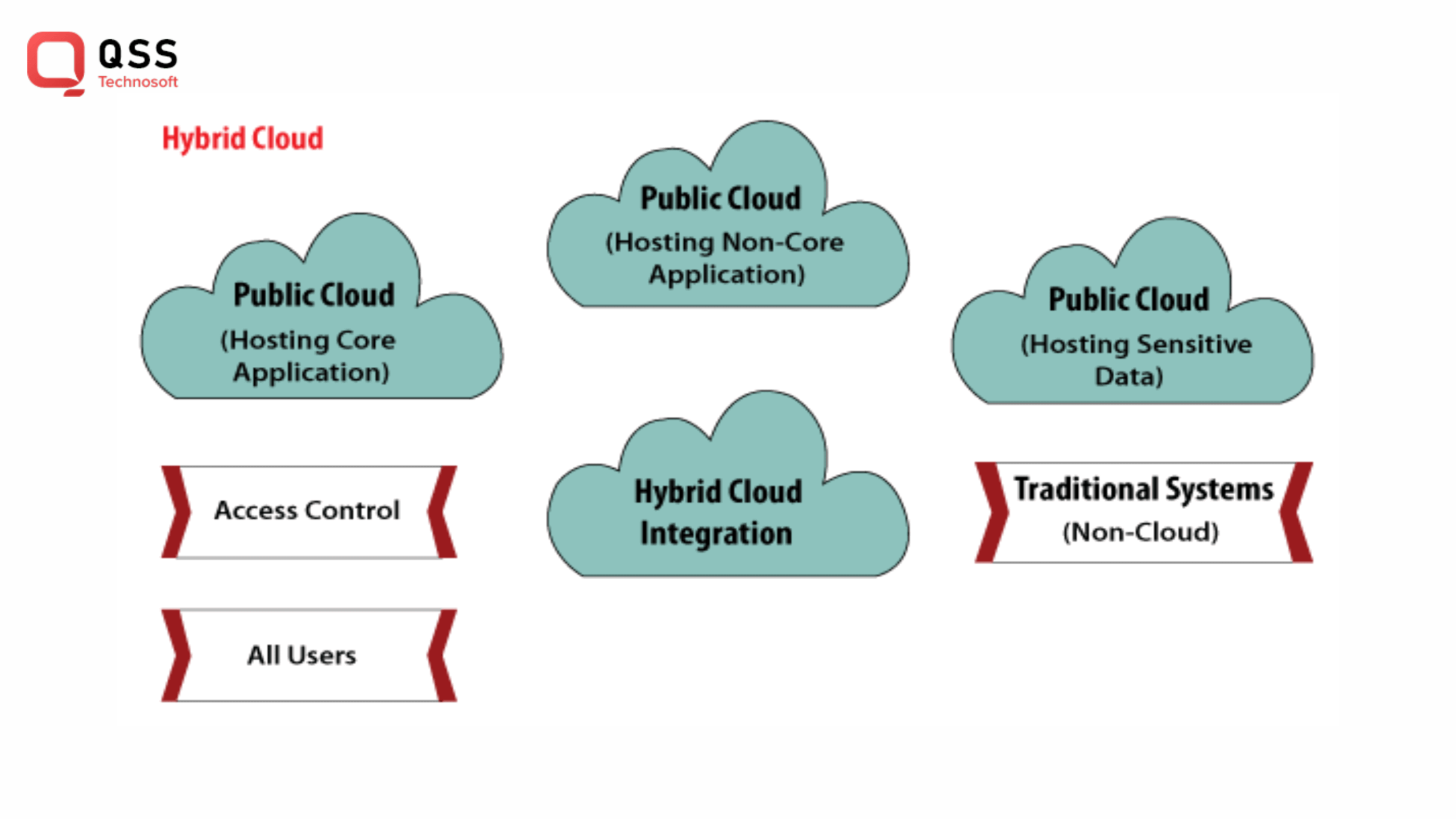
Compliance and Regulatory Requirements:
Different industries and regions have specific compliance and regulatory standards. Organizations must be aware of these requirements and ensure that their cloud deployment adheres to relevant standards, such as GDPR, HIPAA, or PCI DSS.
Incident Response and Monitoring:
Establishing robust incident response and monitoring mechanisms is crucial for detecting and responding to security incidents promptly. Continuous monitoring of cloud environments helps identify and mitigate potential threats.
Emerging Trends in cloud service models Deployment
The field of cloud computing is dynamic, with continuous innovations shaping its landscape. Several emerging trends are influencing the deployment and delivery of cloud services:
Serverless Computing:
Serverless computing abstracts the infrastructure layer entirely, allowing developers to focus solely on writing code. This trend eliminates the need for managing servers, providing a more efficient and cost-effective model for certain types of applications.
Multi-Cloud Adoption:
Organizations are increasingly adopting a multi-cloud strategy, leveraging services from multiple cloud providers. This approach offers greater flexibility, risk mitigation, and avoids vendor lock-in.
Artificial Intelligence (AI) and Machine Learning (ML) Integration:
Cloud providers are integrating AI and ML capabilities into their services, enabling organizations to derive meaningful insights from large datasets. This integration enhances automation, predictive analytics, and decision-making processes.
Impact on Businesses
The deployment and delivery of cloud service models and architecture have a profound impact on businesses across various sectors. Some key benefits and challenges include:
Benefits:
Cost Efficiency:
Cloud computing allows organizations to pay only for the resources they use, eliminating the need for substantial upfront investments in hardware and infrastructure.
Scalability:
Cloud services provide the flexibility to scale resources up or down based on demand. This scalability is particularly beneficial for businesses with fluctuating workloads.
Global Accessibility:
Cloud services offer global accessibility, enabling organizations to reach a broader audience and expand their operations beyond geographical constraints.
Innovation Acceleration:
Cloud computing facilitates rapid innovation by providing easy access to cutting-edge technologies and services. This accelerates time-to-market for new products and services.
Challenges
Security Concerns:
Security remains a top concern for organizations considering or already using cloud services. The shared responsibility model requires careful management of access controls, encryption, and compliance.
Vendor Lock-in:
Depending on a single cloud provider may result in vendor lock-in, limiting the ability to switch providers easily. Adopting a multi-cloud strategy can mitigate this risk.
Data Privacy and Compliance:
Organizations must navigate complex data privacy and compliance regulations, ensuring that their cloud deployment adheres to industry-specific and regional standards.
Also Read Our Blog : The Transformative Power of Cloud Computing in the Fintech Landscape
Integration Complexity:
Integrating existing systems and applications with cloud services can be complex. Organizations need a well-defined strategy to ensure seamless integration and data flow.
Conclusion
The deployment and delivery of cloud service models and architecture are transformative forces reshaping the digital landscape. As businesses increasingly embrace cloud computing, they gain access to unprecedented scalability, flexibility, and innovation. However, this transition requires careful planning, security considerations, and a keen understanding of emerging trends.
As technology continues to evolve, businesses must stay agile and adapt their cloud strategies to harness the full potential of these advancements. Whether leveraging serverless computing, embracing edge computing, or integrating AI and ML capabilities, organizations that master the deployment and delivery of cloud services position themselves for sustained success in the digital era.
QSS Technosoft Inc stands out as the prime option for deploying and delivering cloud service models and architecture.
QSS Technosoft Inc is a leading provider of cloud computing services, meeting the needs of all sized organizations. Colleagues at the firm have a comprehensive understanding of cloud technologies and architecture to guide their customers through all stages of cloud adoption.
What really separates QSS Technosoft Inc from its competitors, is that they offer a wide range of cloud delivery options so that customers get a tailored solution which best meets their organizational goals and requirements. With choices ranging from a public, private, or hybrid cloud service, clients are confident that their transitions will be a secure, efficient, and straightforward exercise.
Frequently Asked Questions (FAQs)
1.What is the significance of cloud service models in modern business operations?
Cloud service models, including Infrastructure as a Service (IaaS), Platform as a Service (PaaS), and Software as a Service (SaaS), offer businesses scalability, flexibility, and cost-efficiency. They enable organizations to adapt quickly to changing demands and focus on core business activities while outsourcing infrastructure and software management.
2. How do organizations choose between public, private, and hybrid cloud deployment models?
The choice between public, private, and hybrid cloud deployment models depends on factors such as data sensitivity, regulatory compliance, and scalability requirements. Public clouds are suitable for cost-effective scalability, private clouds provide enhanced security and control, while hybrid clouds offer a balance between the two.
3. What are some best practices for deploying cloud services efficiently?
Best practices for efficient cloud deployment include adopting Continuous Integration/Continuous Deployment (CI/CD) strategies, implementing Microservices Architecture, leveraging Infrastructure as Code (IaC), and embracing containerization. These practices enhance agility, consistency, and automation in the deployment process.
4. How does cloud deployment impact the cost structure of businesses?
Cloud deployment offers cost efficiency by eliminating the need for substantial upfront investments in physical infrastructure. Organizations pay for the resources they use, enabling them to scale up or down based on demand. This flexible cost structure is particularly beneficial for businesses with variable workloads.
5. What challenges do organizations face when integrating existing systems with cloud services?
Integration complexity is a common challenge when incorporating existing systems with cloud services. Organizations must carefully plan and execute integration strategies to ensure seamless data flow between on-premises and cloud environments. This involves addressing compatibility issues, data migration challenges, and potential disruptions during the integration process.
6. How does cloud deployment contribute to global accessibility for businesses?
Cloud services provide global accessibility by allowing organizations to host applications and data in data centers around the world. This enables businesses to reach a broader audience, expand their operations beyond geographical constraints, and deliver services to users worldwide.
7. What steps should organizations take to stay updated on evolving cloud technologies and best practices?
To stay updated, organizations should actively engage with industry forums, attend conferences, and invest in continuous training for their IT teams. Regularly reviewing cloud service provider updates, industry publications, and participating in community discussions helps organizations stay abreast of evolving technologies and best practices.
We are proud to mention that our work has been recognized by leading B2B reviews and research platforms like GoodFirms, Clutch, MirrorView, and many more.







